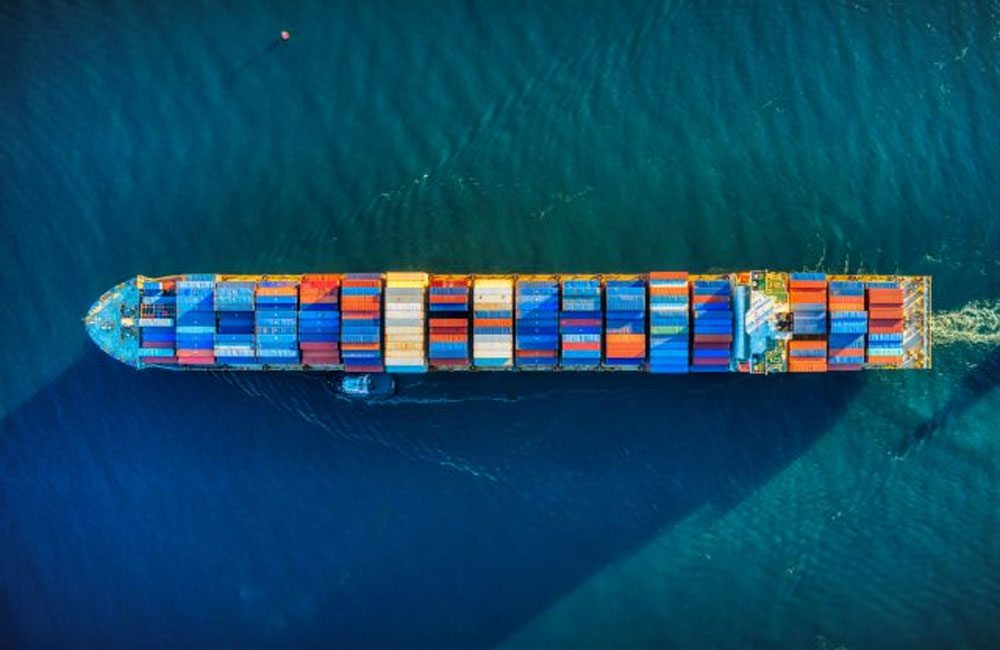Sri Lanka’s export sector has posted encouraging figures for the first nine months of 2025, but beneath the surface of growth lies a complex web of structural weaknesses and competitiveness challenges that continue to constrain long-term progress.
According to the latest Export Development Board (EDB) report, total export earnings—including both merchandise and services—stood at US$ 12,986.52 million, marking a 7% year-on-year increase from 2024. September alone generated US$ 1,469.75 million, up 12.33% compared to the same month last year. Merchandise exports, valued at US$ 10,240.52 million between January and September, rose by 7.59%, driven primarily by apparel, rubber-based products, and food and beverages.
However, industry experts caution that these headline figures paint only a partial picture. Exporters continue to grapple with currency volatility, high logistics costs, limited access to working capital, and declining competitiveness in global value chains. Despite a moderate recovery in global demand, many Sri Lankan exporters—especially in apparel and rubber sectors—are struggling with rising input costs, frequent power disruptions, and regulatory delays that erode margins.
While India, Germany, Italy, the Netherlands, the UAE, Canada, France, and China recorded notable year-on-year growth, the country’s largest export destination, the United States, showed a 2.84% dip in September 2025, with exports falling to US$ 238.72 million. Although cumulative exports to the U.S. increased by 3.04% over the nine months, the slowdown underscores the sector’s heavy reliance on a few key markets amid weakening consumer demand in Western economies.
India emerged as a stronger partner, with exports surging by 31.7% in September and 23.09% cumulatively, surpassing the United Kingdom. Yet, trade analysts note that much of this growth stems from re-export activities and short-term commodity shipments, rather than sustainable value-added diversification.
Adding to the strain are rising freight charges and port congestion in Colombo, which continue to delay shipments and inflate delivery costs. Exporters have repeatedly urged authorities to modernize port infrastructure and customs clearance procedures, but reforms remain sluggish. The apparel sector, contributing nearly 40% of total merchandise exports, is also facing shrinking global orders due to price competition from Bangladesh and Vietnam.
Economists warn that Sri Lanka’s export base remains narrow and vulnerable to global shocks, with over 60% concentrated in a few traditional categories. Without targeted investment in innovation, digital trade facilitation, renewable energy, and export financing, the country risks stagnating despite short-term gains.
As one senior trade analyst remarked, “The numbers look good on paper, but unless Sri Lanka addresses its deep-rooted inefficiencies, the export success story will remain fragile.”

Leave your comments
Login to post a comment
Post comment as a guest